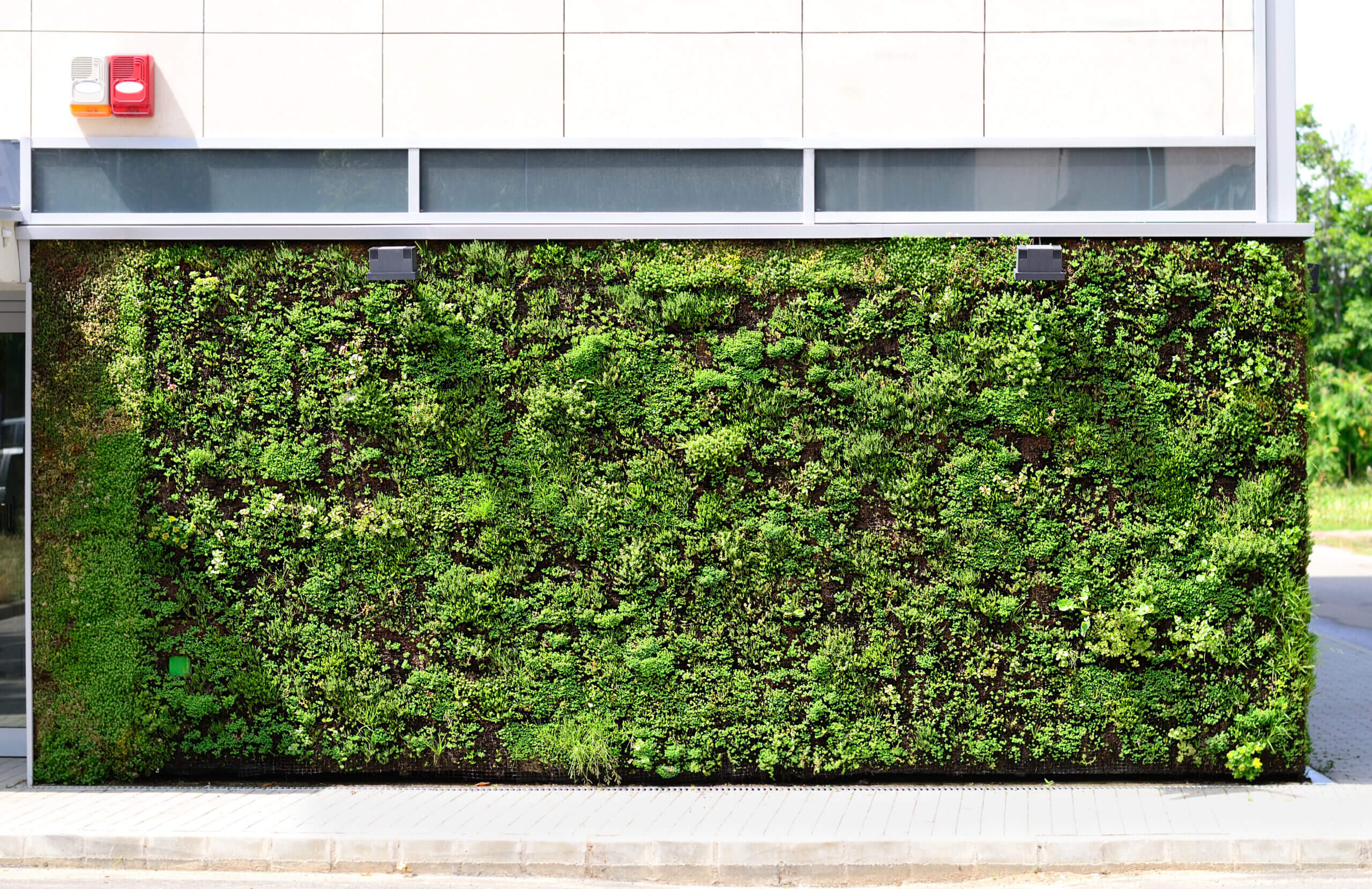Eco-Innovation: Vertical Gardens and Their Infrastructure
Eco-Innovation: Vertical Gardens and Their Infrastructure
Blog Article

In our modern world, where eco-consciousness is a top priority, revolutionary solutions like vertical gardens are on the rise. Known also as green walls, these features not only introduce plant life to metropolitan areas but also provide multiple benefits for both nature and human well-being. This article will delve into the intriguing world of living wall construction, look at different living wall systems, and understand why living walls have become the eco-trend of the decade.
Living Wall Construction: Bringing Life to the Concrete Jungle
The creation of living walls integrates constructing vertical gardens on the outside or inside walls of buildings. These lush installations strive to emulate the natural growth of plants on vertical surfaces. Constructing a living wall typically follows these essential steps:
Structural Considerations: It's important to evaluate the structural integrity of the wall. A robust framework is needed to hold the weight of the plants, soil, and water.
Plant Selection: Choosing the right plants is essential for the effectiveness of a living wall. Factors like local climate, sunlight exposure, and wall orientation are thought about to choose the most suitable plant species.
Irrigation System: Effective irrigation is crucial to make sure the plants receive the right amount of water without causing damage.
Growing Medium: A specific growing medium, nutrient-rich and light, is used for proper plant growth.
Maintenance: Regular care is crucial to sustain a healthy living wall. Ongoing tasks such as pruning and fertilizing, and pest control are all included in the care process.
Exploring Different Living Wall Systems
Over the years, living wall systems have developed, providing a range of options for different applications. Below are the most widespread living wall systems:
Hydroponic Systems: These rely on a soilless environment and deliver nutrients and water through a carefully planned irrigation system. They're known for high efficiency and low water usage.
Modular Systems: Comprising of pre-planted panels, these systems are straightforward to assemble and ideal for varied environments.
Pocket Systems: Featuring plant pockets that can be stuffed with greenery, these systems facilitate creative designs and are often used in compact settings.
Felt or Fabric Systems: Utilizing felt or fabric to hold plants and growing medium, these are not heavy and perfect for indoor use.
Biophilic Systems: These integrate living walls into architectural elements, improving human well-being by building a connection with nature.
Why Living Walls are Gaining Popularity
Living walls have attained recognition for numerous reasons:
Aesthetic Appeal: They transform areas into vibrant, green havens.
Improved Air Quality: To act as natural air purifiers.
Temperature Regulation: They provide insulation and lower energy consumption.
Noise Reduction: Foliage absorbs sound effectively.
Biophilic Benefits: To bring nature closer, improving mental and emotional health.
Sustainability: Contributing to reducing the urban heat island effect and supporting biodiversity.
In conclusion, living wall construction and systems have transformed our interaction with the built environment. As green trends advance, living walls offer a sustainable and visually stunning solution that click here benefits both the environment and our well-being. Whether you're thinking of transforming an office space or creating a statement in a public area, living walls are the green solution for a lively and sustainable future. Report this page